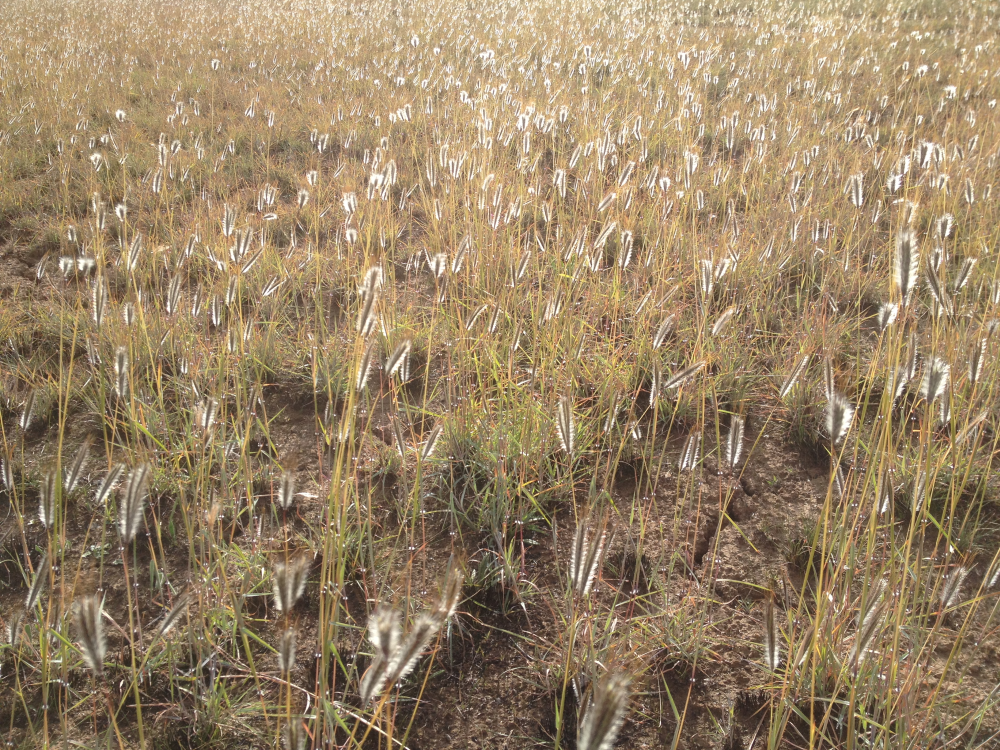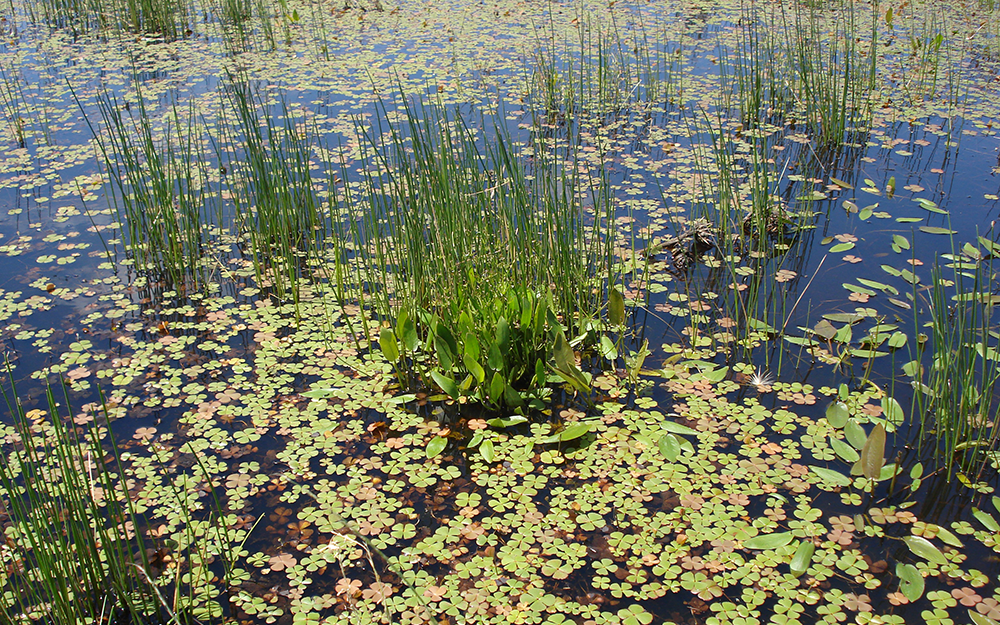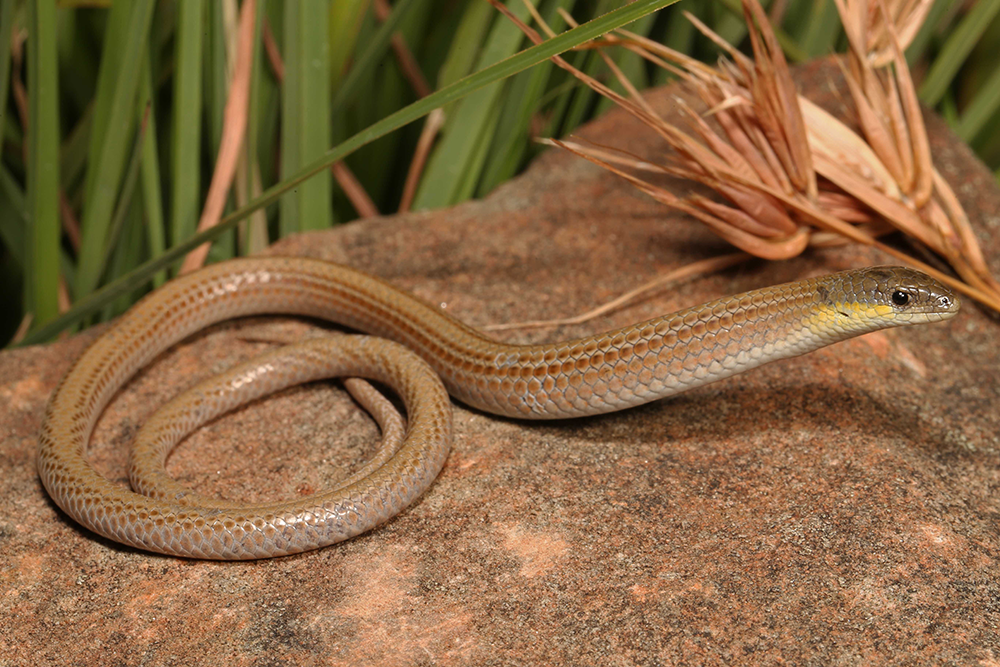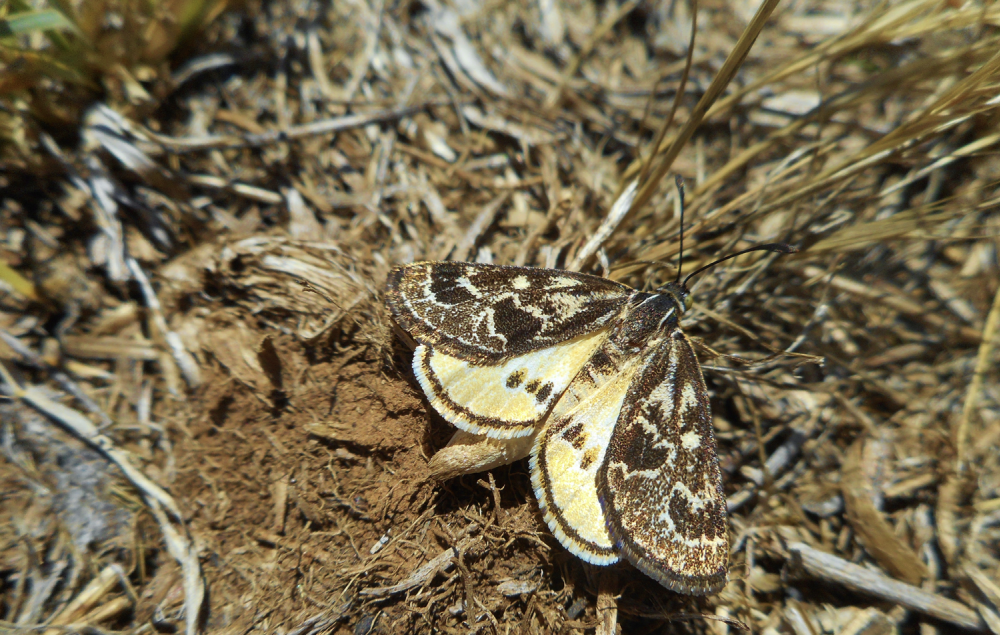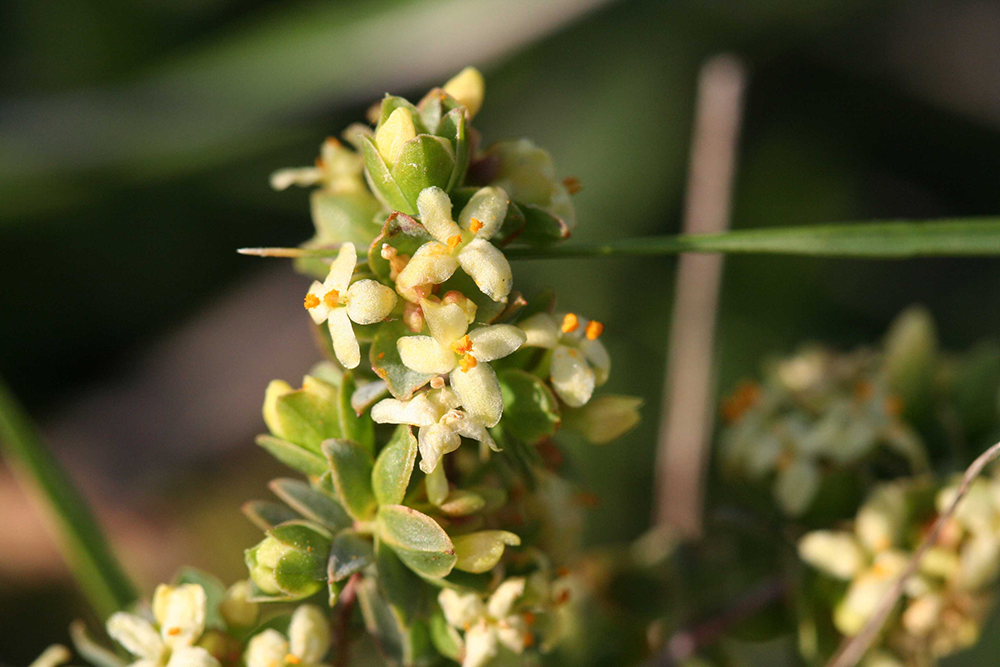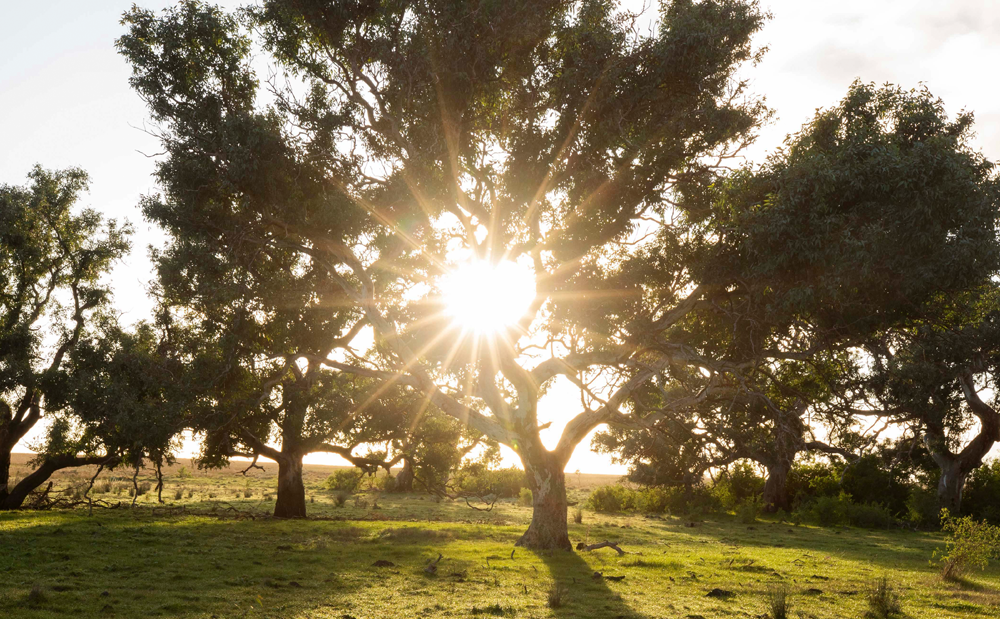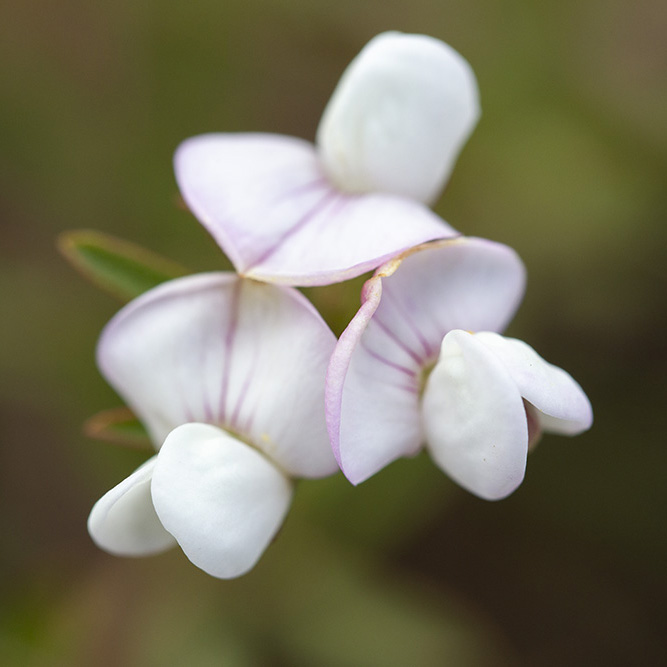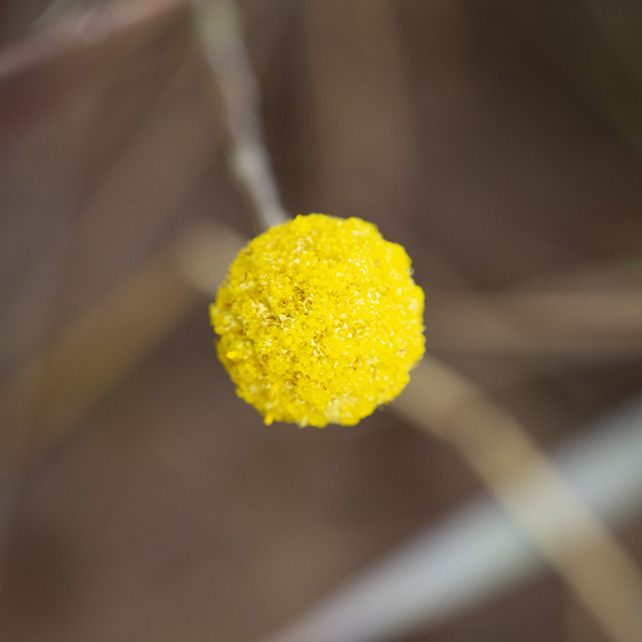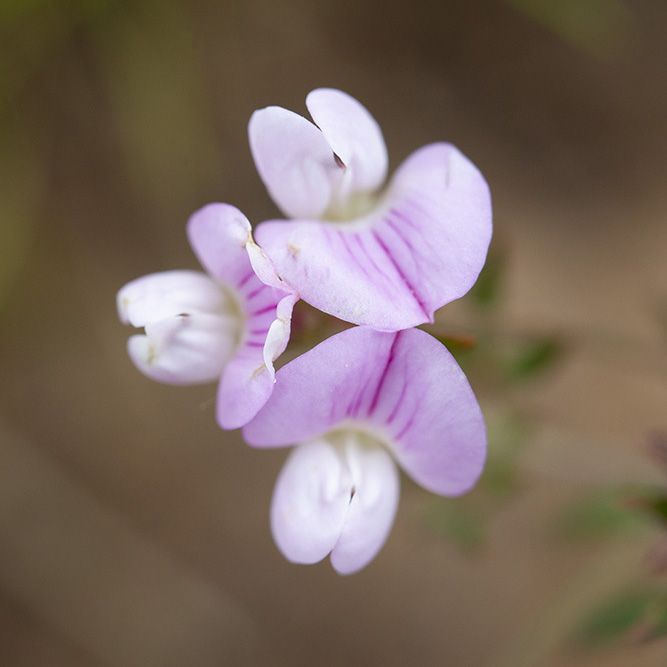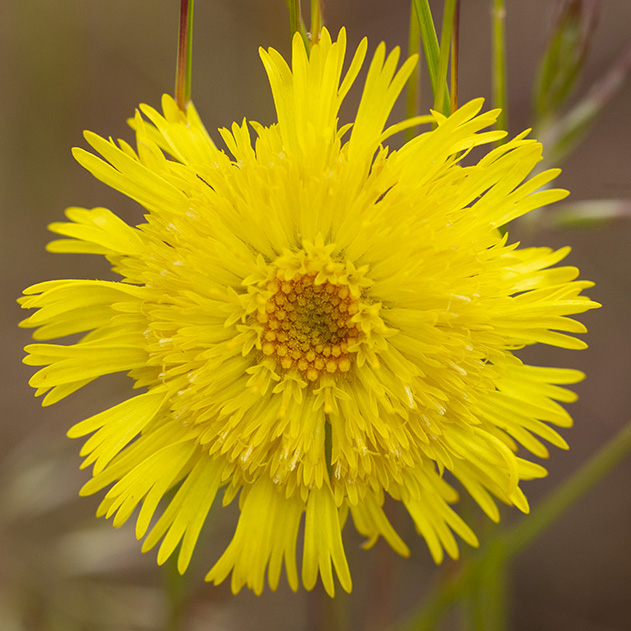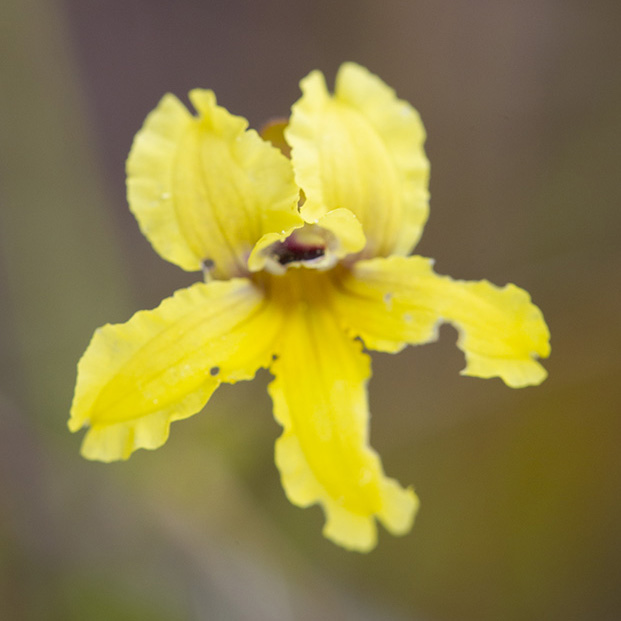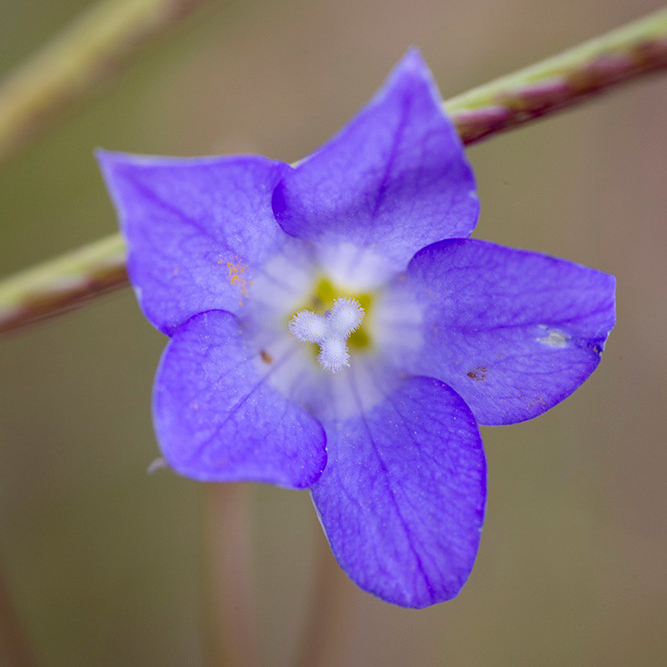On this page:
A fragile ecosystem
The volcanic plains of western Victoria were once home to sprawling native grasslands filled with delicate orchids, wildflowers, birds, reptiles, insects and marsupials, some of which were found nowhere else in Australia.
Today, these important grasslands have almost disappeared due to clearing for agriculture, grazing, and urban development. This irreplaceable grassland ecosystem under the Australian Government's Environment Protection and Biodiversity Conservation Act 1999 is classified as critically endangered.
Working together with Traditional Owners and learning from their knowledge and deep connection to Country, the Western Grassland Reserve will be restored over the coming decades so it can be enjoyed by future generations.

What lives here?
From sprawling grassland meadows, to ancient woodlands and seasonal wetlands, the Western Grassland Reserve is home to hundreds of different species of native animals and plants, including:
- spiny rice-flower
- matted flax-lily
- striped legless lizard
- golden sun moth
- growling grass frog
- kangaroo and wallaby grasses
- wedge-tailed eagle
- koala
- black-tailed wallaby
- fat-tailed dunnart.
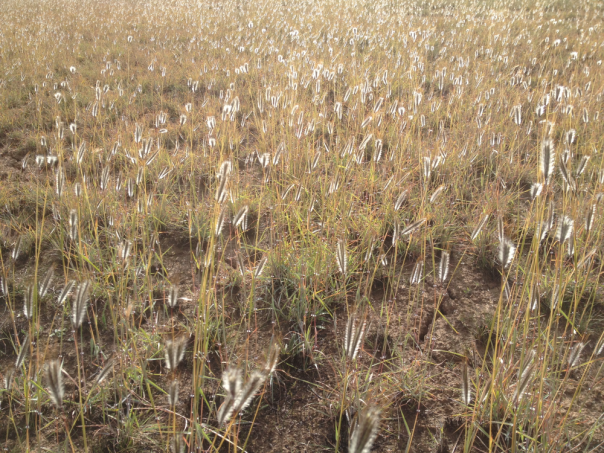
- Natural temperate grassland

- Seasonal herbaceous wetland

- Striped legless lizard

- Golden sun moth

- Spiny rice flower

- Grassy eucalypt woodland
What we're doing
To protect one of the largest, contiguous sections of remaining grassland, the Victorian Government has set aside 15,000 hectares of private land, mostly used for agricultural purposes, to establish the Western Grassland Reserve.
This entire area is covered by a Public Acquisition Overlay, which means the Victorian Government is committed to purchasing all properties and establishing the reserve in full. So far, we have secured 26% of the land.
The remaining area is still under private ownership. We are negotiating with landowners to acquire more land in the coming years. As we continue to raise revenue from the MSA levy, we will purchase more land.
Challenges
Establishing and restoring the Western Grassland Reserve is a long-term, complex project, with significant challenges like weeds, pests and overgrazing.
Weeds are one of the most serious threats to fragile grassland ecosystems. Invasive species are a huge issue. For example, serrated tussock - which is found throughout the reserve, is considered to be one of the most damaging weeds in Australia, as it spreads quickly and rapidly invades pastures and grasslands.
Controlling and managing weeds is a complex task. Different weeds require a range of removal methods, and this is dependant on the type of landscape and ecology of the area. To tackle this challenge, we work with the Arthur Rylah Institute, local councils and other government agencies and organisations to manage threats to native plants, animals and ecosystems.
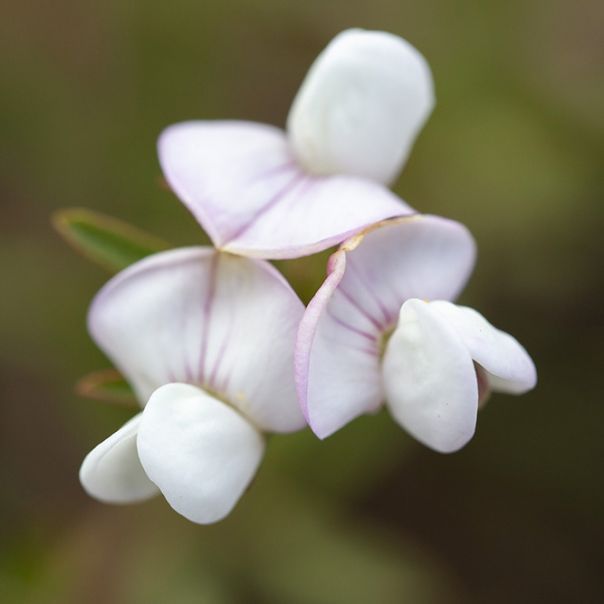
- Native pea

- Billy button

- Native pea

- Native daisy

- Spur velleia flower

- Native bluebell
Working together to heal Country
We work with Forest Fire Management Victoria, Wyndham City Council, Parks Victoria and the Arthur Rylah Institute, to manage and restore the grasslands, and have started discussions with Traditional Owners on their aspirations and assertions for Country. We take an adaptive management approach to managing this complex ecosystem. This includes:
- planned burns
- weed control
- seed propagation and sowing
- fire breaks
- rubbish removal.
Where is the reserve?
This map shows the location of the Western Grassland Reserve, which is divided into two sections. The entire area is covered by a Public Acquisition Overlay and has been partially acquired.

Information for landholders
If you own or manage land in the Western Grassland Reserve, there’s more detail on the for landowners page.
If you want to discuss selling your property or for more information, email wgr.msa@deeca.vic.gov.au.
Page last updated: 20/02/25

